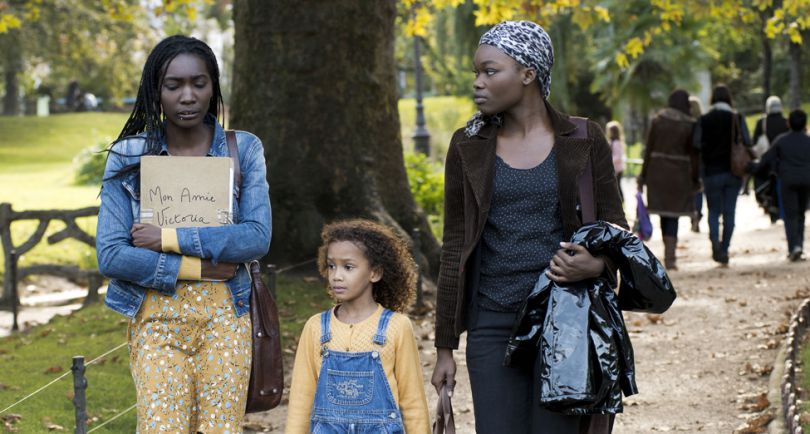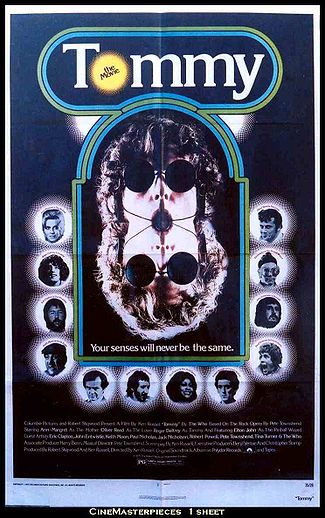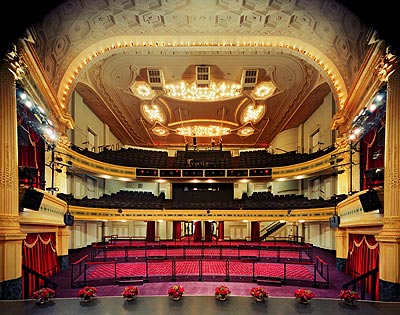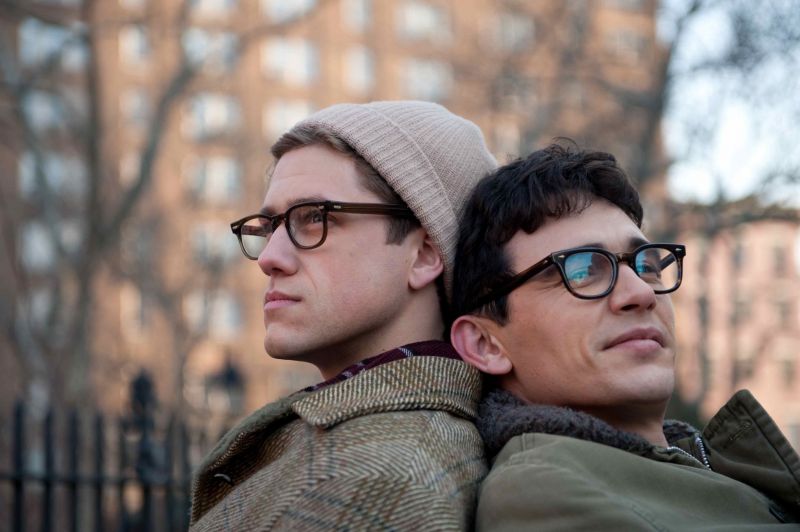|
|
||
|
Pro Tools
FILMFESTIVALS | 24/7 world wide coverageWelcome ! Enjoy the best of both worlds: Film & Festival News, exploring the best of the film festivals community. Launched in 1995, relentlessly connecting films to festivals, documenting and promoting festivals worldwide. Working on an upgrade soon. For collaboration, editorial contributions, or publicity, please send us an email here. User login |
Rendez-Vous with "My Friend Victoria"
An ideal literary diet includes solid screen adaptations -- stories you can watch with the added spicings of another's imagination. Provided, of course, that the film serves up enough narrative textures to deliver satisfaction. Happily, this is the case with My Friend Victoria (Mon amie Victoria), Jean-Paul Civeyrac's engrossing take on the Doris Lessing story entitled Victoria and the Staveneys. It's la crème de la crème of the 20th Rendez-Vous with French Cinema crop, presented by the Film Society of Lincoln Center and Unifrance Films March 6 - 15. Originally set in London, the tale is now transposed to modern day Paris. Our title character is a young African-French woman whom we first meet as an 8-year-old girl. Instead of going home to her sickly Aunt Marion's shabby flat, the wide-eyed orphan is invited to sleep over at the elegant townhouse of white schoolmates Thomas and Edouard Savinet. Their right-thinking actress mother is enchanted by the very idea of a Third World visitor, and the thrill is mutual: Victoria can't get enough of the genteel life -- carpets, a room of one's own and all. But the biggest seduction is Edouard. As Victoria leans on the elder Savinet brother's shoulder, she is flooded, perhaps for the first time, with a sense of comfort and possibility. But also of status anxiety. There's much for the pauper to fret about in the prince's palace: will she wet her posh bed? Sleepwalk the hallowed halls? Expose her cultural backwardness? Civeyrac effectively draws out the social critic in Lessing. We're invited to slip into the skin and ranking of a different soul, and in the case of restless, underprivileged Victoria, it's not a soul we envy. Nor it seems does our narrator. "What could I have done for Victoria?" is the film's opening line. It's the voice of Fanny, looking back as an adult. Fanny is Victoria’s bookloving friend who also becomes a sister five years into the saga, when Aunt Marion dies and Fanny's mother, African emigré Diouma, adopts Victoria. But Diouma's love doesn't conquer all. An air of vague disatisfaction accompanies Victoria over the years. She drops out of school, only to flit from one low-paid job to another. If only she could focus her attention more productively than on the object of her simmering fixation: the Savinets in general and Edouard Savinet in particular. Victoria passes by the family's chic courtyard, though any frisson of recognition comes only from her.
That changes several years later when now high school senior Thomas enters the record store where Victoria has found her calling and they begin a summer fling. The fruits of their pleasures is a daughter, Marie, who is kept a secret from her paternal forebears. In the interim, Victoria meets Sam, a black musician too often on tour. They marry and have a son, Charlie, but the road accident that takes Sam's life also kills Victoria's dreams. The prospect of her offspring following in her deprived early footsteps propels the struggling single mother to introduce Marie to the Savinets; she's nearly the same age Victoria was when she had her fateful first encounter with them. Mother and daughter are received as family once Thomas's paternity is established to the hard-nosed Edouard's satisfaction. However, as young Marie becomes increasingly identified with her white privileged kin, Victoria feels her maternal power slipping. Civeyrac tells this tale of two Parises with poignant visual commentary. The vicissitudes of the Savinets' hall rugs themselves reflect some dramatic arcs, compliments of cinematographer David Chambille's fluid, painterly lensing and Brigitte Brassart's culturally attuned production design. Chapeau to debutants Guslagie Malanda and Nadia Moussa, who more than hold their own as Victoria and Fanny, respectively, alongside such established talents as Catherine Mouchet and Pascal Greggory. Yet throughout the film, inanimate objects play important supporting roles. African figurines incarnate Victoria's passing life and fancies, however, no such colonial avatars speak to or for Marie. From fancy bikes to elite schools, she's in for an easy ride. The same can't be said of Charlie. Toy busses and planes may be the closest to upward mobility he can hope to get, unless -- as he peers ahead to an uncertain future -- it's a train on the wrong side of the tracks. Those who crave big action or are squeamish about narration may find much to dislike in Civeryrac's film. Yet for less agitated metabolisms, the sociopolitical nuances themselves are a high-wire act, and the interpersonal tensions, a smart therapy session. Without narration, we would miss the moody mots justes of Lessing's poetic pen. At once a distancing device and a way to sustain insight and intimacy, the spoken text matches Victoria's duality as both a gritty social critique and as an aspirational fairytale. Offhand, it's hard to think of another recent film that so movingly captures France across class divides, issues of racial identity, enlightened beau monde racism and private reckonings of character and fate.
12.03.2015 | Laura Blum's blog Cat. : Independent
|
LinksThe Bulletin Board > The Bulletin Board Blog Following News Interview with EFM (Berlin) Director
Interview with IFTA Chairman (AFM)
Interview with Cannes Marche du Film Director
Filmfestivals.com dailies live coverage from > Live from India
Useful links for the indies: > Big files transfer
+ SUBSCRIBE to the weekly Newsletter Deals+ Special offers and discounts from filmfestivals.com Selected fun offers
> Bonus Casino
User imagesAbout Laura BlumThe EditorUser contributions |
































